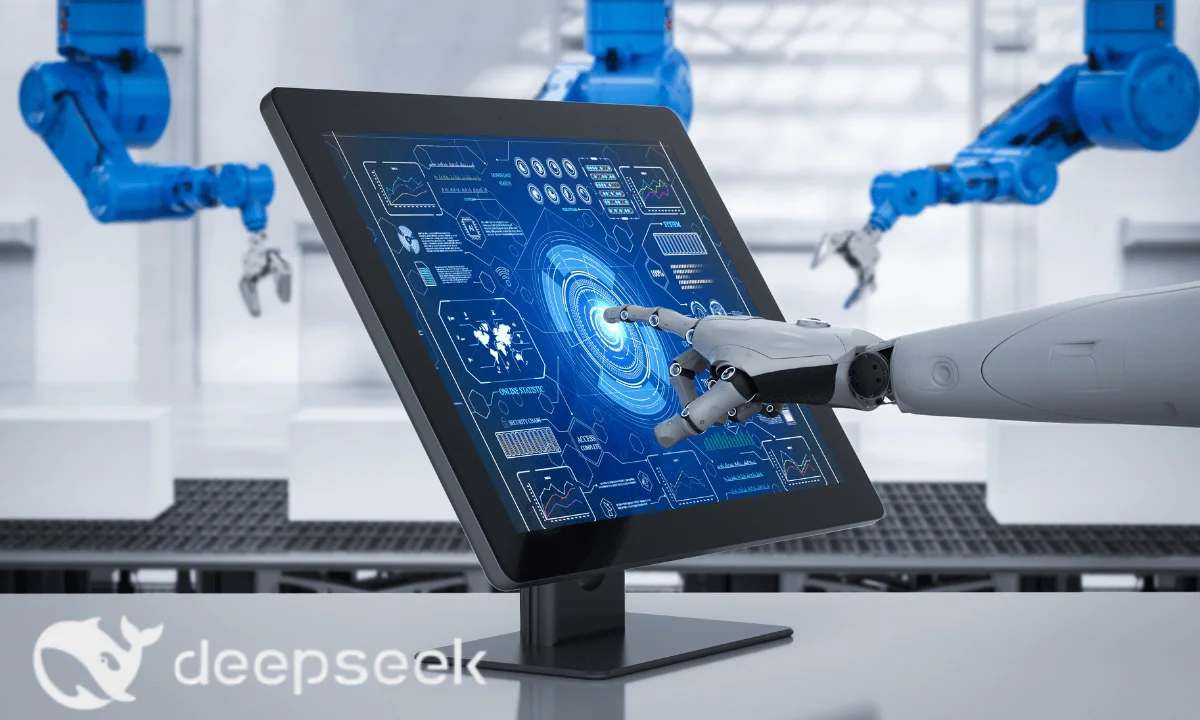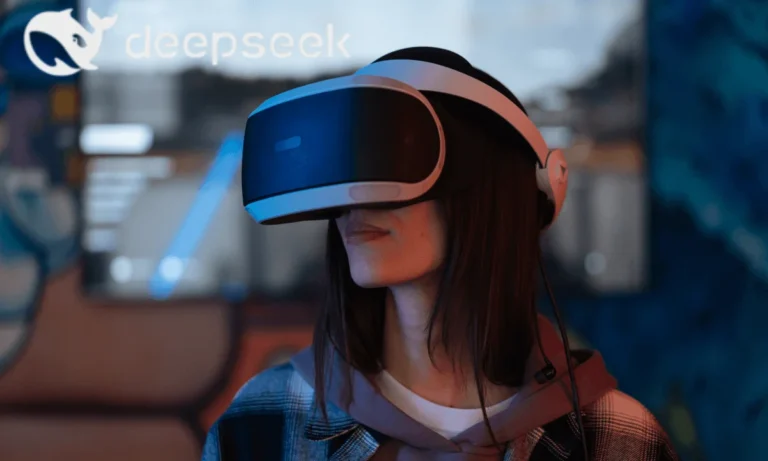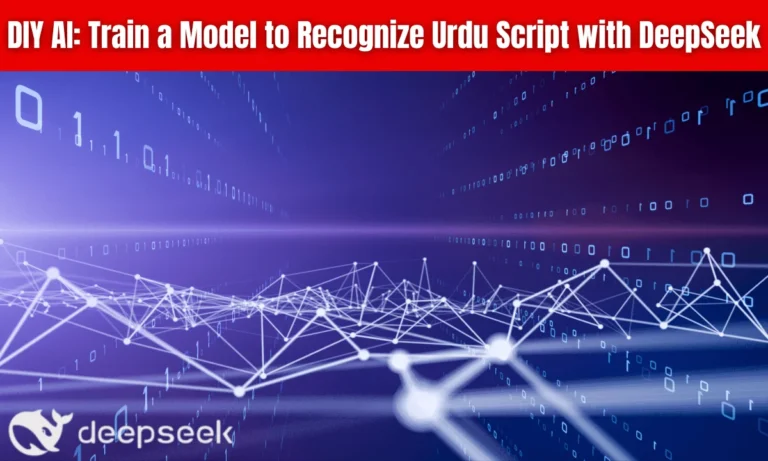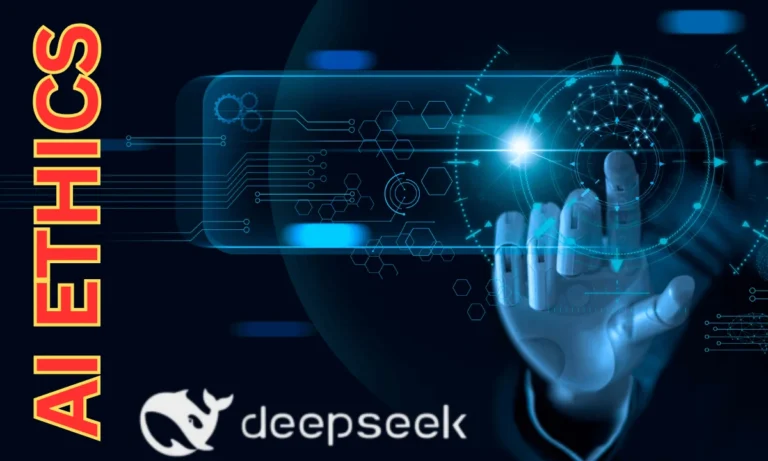Top 10 Open-Source AI Tools Recommended by DeepSeek Developers
Artificial Intelligence (AI) is transforming industries, from healthcare to finance, and open-source AI tools are at the forefront of this revolution. DeepSeek developers, known for their expertise in AI and machine learning, have curated a list of the top 10 open-source AI tools that can help developers, researchers, and businesses innovate efficiently.
In this article, we’ll explore these powerful tools, their features, and how they can accelerate AI development—all while keeping costs low.
Why Use Open-Source AI Tools?
Open-source AI tools provide several advantages:
- Cost-effective – No licensing fees.
- Customizable – Modify code as per project needs.
- Community-driven – Continuous improvements from developers worldwide.
- Transparency – Full visibility into algorithms and models.
Now, let’s dive into the top 10 open-source AI tools recommended by DeepSeek developers.
1. TensorFlow
Developed by: Google Brain
Best for: Deep learning, neural networks
TensorFlow is one of the most popular open-source AI tools for building and deploying machine learning models. It supports multiple programming languages, including Python, C++, and JavaScript.
Key Features:
- Scalable for both research and production
- Supports GPU and TPU acceleration
- Extensive library of pre-trained models
Use Case: Image recognition, natural language processing (NLP), and predictive analytics.
2. PyTorch
Developed by: Facebook’s AI Research Lab (FAIR)
Best for: Research and prototyping
PyTorch is favored for its dynamic computation graph, making it ideal for experimental AI projects.
Key Features:
- Easy debugging with Python integration
- Strong community support
- Seamless transition from research to production
Use Case: Academic research, computer vision, and reinforcement learning.
3. Hugging Face Transformers
Developed by: Hugging Face
Best for: Natural Language Processing (NLP)
This library provides thousands of pre-trained models like BERT, GPT, and T5 for NLP tasks.
Key Features:
- Easy-to-use API for model deployment
- Supports multiple languages
- Integrates with PyTorch and TensorFlow
Use Case: Chatbots, translation, and sentiment analysis.
4. OpenCV
Developed by: Intel
Best for: Computer vision
OpenCV is a go-to library for real-time image and video processing.
Key Features:
- Over 2,500 optimized algorithms
- Supports facial recognition and object detection
- Works with Python, Java, and C++
Use Case: Surveillance, augmented reality, and medical imaging.
5. Scikit-learn
Developed by: David Cournapeau
Best for: Traditional machine learning
Scikit-learn is perfect for classical ML algorithms like regression, clustering, and classification.
Key Features:
- Simple and efficient data mining
- Built on NumPy, SciPy, and Matplotlib
- Great for beginners
Use Case: Fraud detection, customer segmentation, and recommendation systems.
6. Keras
Developed by: François Chollet
Best for: Rapid deep learning prototyping
Keras acts as an interface for TensorFlow, making deep learning more accessible.
Key Features:
- User-friendly API
- Fast experimentation
- Modular and extensible
Use Case: Quick model testing and deployment.
7. Apache MXNet
Developed by: Apache Software Foundation
Best for: Scalable deep learning
MXNet is known for its efficiency in distributed training.
Key Features:
- Supports multiple languages
- Optimized for cloud and edge devices
- Flexible architecture
Use Case: Large-scale AI deployments.
8. Rasa
Developed by: Rasa Technologies
Best for: AI-powered chatbots
Rasa enables developers to build contextual AI assistants.
Key Features:
- Open-source conversational AI
- Customizable dialogue management
- On-premise deployment
Use Case: Customer support automation.
9. FastAI
Developed by: Jeremy Howard
Best for: Simplifying deep learning
FastAI makes cutting-edge AI techniques accessible to all.
Key Features:
- High-level abstractions over PyTorch
- Best practices built-in
- Great for education
Use Case: Quick AI model training.
10. Jupyter Notebook
Developed by: Project Jupyter
Best for: Interactive AI development
Jupyter Notebook is essential for data visualization and experimentation.
Key Features:
- Supports live code execution
- Integrates with major AI libraries
- Collaborative environment
Use Case: Data analysis, model prototyping.
Conclusion
These open-source AI tools recommended by DeepSeek developers empower businesses and researchers to innovate without hefty licensing costs. Whether you’re into deep learning, NLP, or computer vision, there’s a tool here for you.
By leveraging these tools, you can accelerate AI development, improve efficiency, and stay ahead in the competitive tech landscape.







